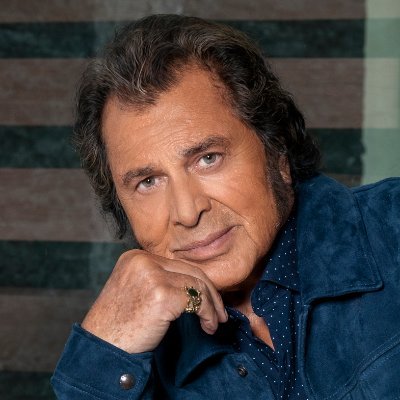Engelbert Humperdinck has delivered a performance that feels like a whispered promise across an ocean — warm, worn and startlingly honest. His rendition of “All This World And The Seven Seas” moves beyond a simple love song; it reads like a life lived and a vow renewed.
The song comes from The Man I Want to Be, an album described by its creators as deeply personal and dedicated to the singer’s wife, Patricia, who faces the cruel slow erasure of memory. Humperdinck’s voice, familiar to generations, carries a slightly gravelled warmth that lends every line the weight of experience. The instrumentation is spare and elegant: piano opens the track with a gentle, melancholic motif, acoustic guitar threads through like a steadier heartbeat, and soft strings swell like distant waves.
It is the kind of record that appeals to anyone who has loved fiercely or watched a loved one change. The refrain anchors the song in devotion and sacrifice.
“All this world and the seven seas, I’d cross them all to be with you,” — Engelbert Humperdinck, singer
That line is not mere sentiment. In Humperdinck’s hands, it reads as a promise, a memory and a quiet defiance against loss. The production finds a balance between classic and contemporary touches: piano gives intimacy, guitar adds texture, and subtle orchestral flourishes create a cinematic sweep without drowning the singer. For older listeners, the familiarity of the arrangements comforts. For new listeners, the modern polish invites attention.
Music critics and fans have noted how the album blends covers of younger songwriters with original material to build bridges between eras. Humperdinck’s choice to include interpretations of modern pop alongside pieces like “All This World And The Seven Seas” shows an artist refusing to be contained by a single time. The track’s nautical imagery — “seven seas,” distant shores — becomes a metaphor for the lengths one will travel for love.
The personal context behind the music sharpens its emotion. Humperdinck has spoken publicly about dedicating the record to his wife and the pain of watching memory fade. That dedication colors every phrase here, turning what might have been an ordinary ballad into a near-sacred testimonial.
“The Man I Want to Be is a deeply personal project that reflects love, devotion and resilience,” — Engelbert Humperdinck, singer
The piano’s recurring motif keeps the song grounded. Each pass of the melody feels like a step on a long walk. The guitar’s understated strumming suggests open air and distance. When strings enter, they do so sparingly — enough to suggest an ocean swell, never enough to wash away the words. That restraint makes the vocal performance central. Humperdinck sings not to impress, but to confide.
For readers who measure time by major life moments, the song’s themes will hit home. It speaks to the adult child caring for a parent. It speaks to spouses who remain steady when everything else shifts. It speaks to anyone who has found that love becomes action over the long haul.
Listeners looking for similar music are steered toward familiar companions: lush, reflective ballads that emphasize voice and story. These comparisons help place Humperdinck’s song in a lineage of songs that favor feeling over flash — songs that age with dignity.
Behind the recording is an artist showing how experience can deepen, not dull, an instrument. Where some veteran singers retreat into nostalgia, Humperdinck adapts: his phrasing is careful, his delivery intentional. The result is a performance that is as much about bearing witness as it is about romance.
The song pauses at its most charged line, the promise repeated until it hangs in the air like a ship’s horn disappearing across a harbor —
